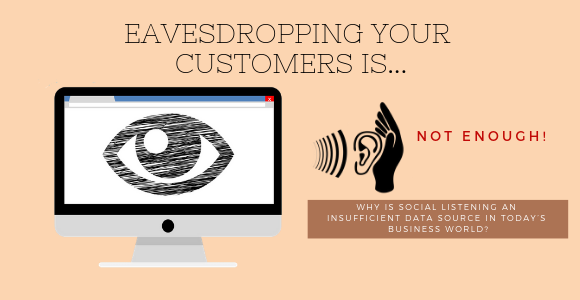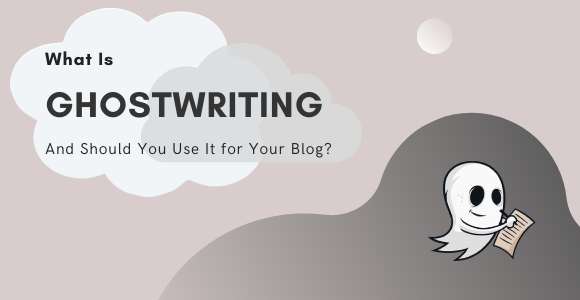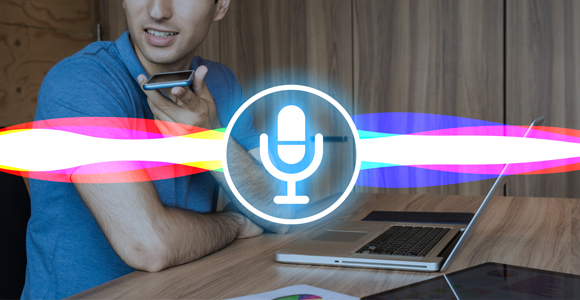To be perfectly fair, the concept of social listening creeps me out. The idea that someone is tracking my social activity and analyzing it feels a lot like an invasion of my public privacy, so to speak. Then again, social listening will never stop me from sharing my opinions on a brand or a product. Me and around 29% of other users. What about the other 71% you might ask? Let’s find out in the lines below. Disclaimer: it has a lot to do with content creation.
So, dear lab partner put on your glasses, and let’s dissect this social listening creature. Who knows what might and might not come out of it!
Social Listening in a Nutshell
Social listening is the practice of brands using various tools to monitor what people are sharing about them on social media. It was first known as “social monitoring,” and it was all about putting out fires against dissatisfied and complaining customers.
No More a Reactive Tool
Moving forward to proactiveness.
Although it developed as a defense mechanism companies used to track social media in an attempt to protect their brands from embarrassing situations. It later evolved to being a proactive method for tracking social discussions surrounding a business or a product. Social listening is now not only about watching over your pool of people but about gauging how they are feeling as well and adapting your content creation strategy accordingly.
Being Publicly Private Makes You More Honest
The beauty of social media is it allows you to have public conversations that feel somehow private. Ergo, tracking those discussions will yield a lot more realistic results than it would with traditional focus groups alone, and if that doesn’t answer why companies use this data collection approach, maybe this will.
A company’s brand today is the sum of all social buzz and discussions that surround it.
If you are not listening to those discussions, you are already lagging behind.
Enough background information, let’s get down to the real deal — it seems like social listening is working pretty well, why wouldn’t it be enough? Well, for starters…
Social Listening Doesn’t Track Your Invisible Customers
“Catch me if you can.”
You can guess it yourself, but your client base isn’t entirely made of socially active users who love abusing their social media accounts with hashtags and posts. A Vision Critical study conducted in 2015 discovered that 85% of the buzz on social media comes from just 29% of your audience. So, you are actually listening to the vocal minority that dominates the conversation.
Whatever analytics tools you may be using to listen to your customers, they can’t catch the so-called lurkers — people who are online but not actively posting, like me.
(Unlike Me) Millennials Are Moving to Ephemeral Networks
What did I tell you?
The demographics of social media users has shifted dramatically over the last decade which has, in turn, greatly influenced the creation of content and social monitoring tools. While in its early days, it was mostly tech-savvy, younger users who suddenly had an arena where they could speak up digitally, today even my grandma has a Facebook page. Boomers are the fastest growing demographic on platforms like Twitter and Facebook, while Millennials and Generation Zs are switching to “invisible” networks like Snapchat.
Social monitoring tools can’t track what is happening in these emerging social networks, and that is clearly a challenge. How can you know what your youngest customers are interested in?
You Need More Than Social Listening to Predict the Future
Getting a crystal ball is not the answer.
To prosper today, you need to know what your audience will want tomorrow. To know that, you need the answers to questions like: What drives customer loyalty? What signs point your customers are about to switch brands? Is your product evolving in the right direction?
Having the right data from the right people is a huge competitive advantage, and while social listening does provide valuable insight, it is far from all the data you need. You know what your clients think about you, but to make realistic profiles, you need to know how much they are buying from you, how often, at what times, etc.
At the Center of It All, Is (still) Content
All roads lead to content creation.
So, now that you know social listening is not enough, what do you do? You develop a multifaceted marketing strategy to approach and connect with your audience. In the world of flat screens, that happens through content in one shape or form. Be it a blog post, ephemeral content via your Instagram page, a tweet, or even your email campaigns content is everywhere and the way you craft it is the voice people assume you have. So, make it a good one.
To All Users out There
Brand managers, please look away.
We may laugh when we read the news about Russia meddling with the US elections, but it is something our favorite brands do with our own product selection. They listen to us and come up with new ways to make us buy more. And while that helps kill our salaries faster, it also gives us the power to tell them what we want to see on the shelves. Use that power mindfully because you have it!
As always, you can reach me in the comment section below. Let’s start a discussion!






